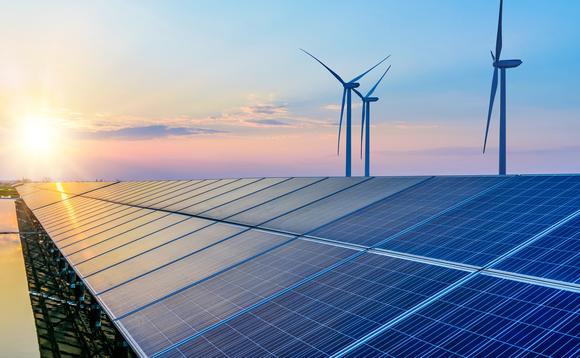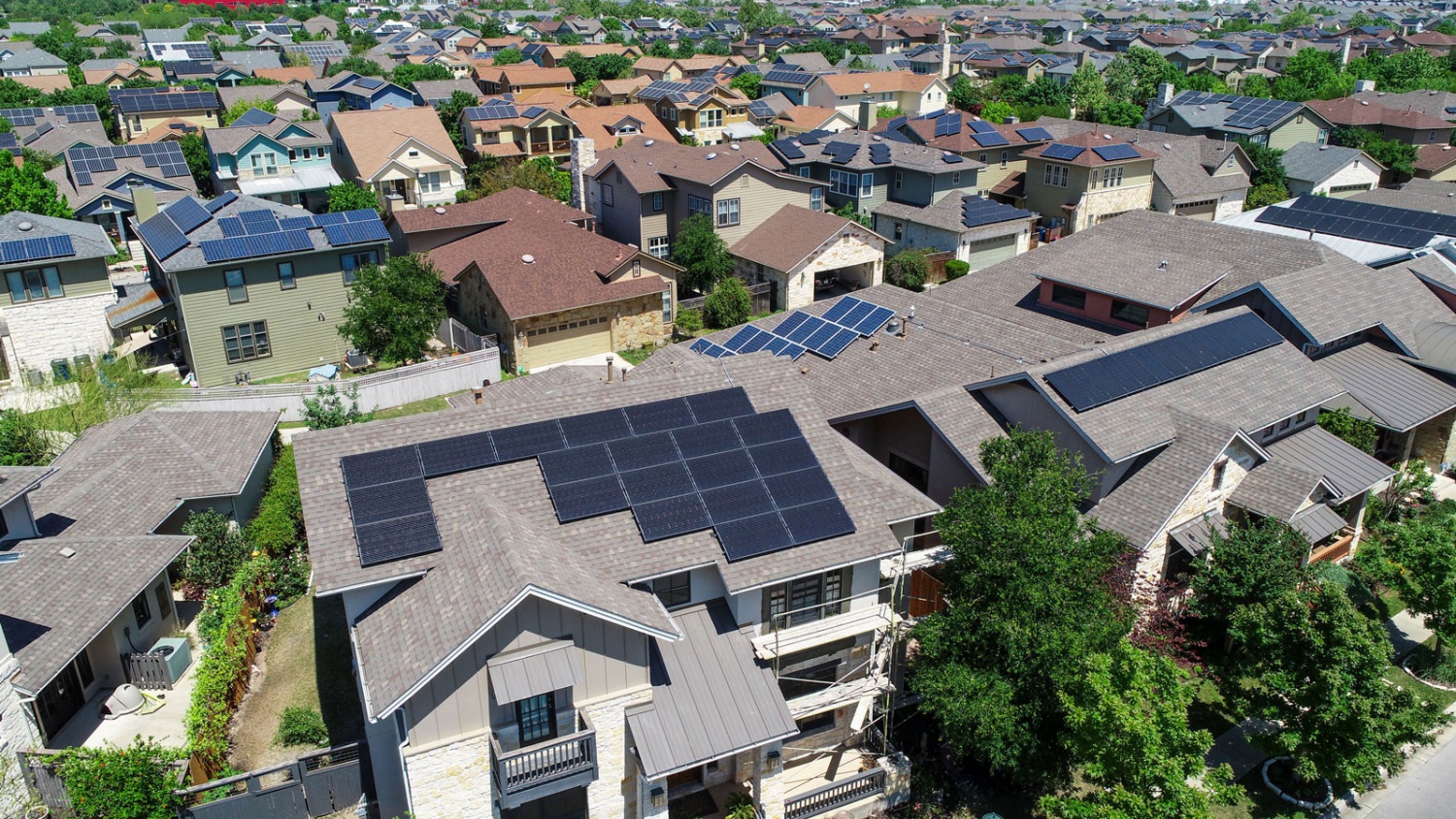 Green Energy Consumers Alliance has a long history, going back to 1997, of supporting Renewable Energy Standards (RES), a policy that requires electric suppliers to deliver renewable energy. These mandates have worked in a large number of states to bring wind and solar power onto the grid, dramatically reducing its carbon intensity. Today, we can appreciate the immense potential our region has for offshore wind that delivers clean, affordable power to the states and creates jobs. In 2022, we see both the opportunity and necessity for the Bay State and Ocean State to leverage the power of the RES and the potential of offshore wind to make sure we meet our 2030 climate goals. We urge policymakers in both states to up the RES to 100% clean electricity by 2030. We further support policy that will accelerate offshore wind procurement. Offshore wind and 100% by 2030 are like peanut butter and jelly: good alone, but much better together.
Green Energy Consumers Alliance has a long history, going back to 1997, of supporting Renewable Energy Standards (RES), a policy that requires electric suppliers to deliver renewable energy. These mandates have worked in a large number of states to bring wind and solar power onto the grid, dramatically reducing its carbon intensity. Today, we can appreciate the immense potential our region has for offshore wind that delivers clean, affordable power to the states and creates jobs. In 2022, we see both the opportunity and necessity for the Bay State and Ocean State to leverage the power of the RES and the potential of offshore wind to make sure we meet our 2030 climate goals. We urge policymakers in both states to up the RES to 100% clean electricity by 2030. We further support policy that will accelerate offshore wind procurement. Offshore wind and 100% by 2030 are like peanut butter and jelly: good alone, but much better together.
Where the states are now:
Under current rules, Massachusetts’ Clean Energy Standard is set to reach 40% in 2030. Rhode Island’s Renewable Energy Standard is currently scheduled for 31% in 2030.
These standards are clearly not enough to meet the 2030 GHG reductions required by state laws.

Where the states might be going:
Massachusetts Governor Baker has announced a proposed change in regulations to the Clean Energy Standard to raise the bar from 40% to 60% in 2030. Meanwhile, two major candidates for governor have announced their support for 100% by 2030.
In Rhode Island, there has been some momentum since former Governor Raimondo signed an executive order to study the feasibility of raising the Renewable Energy Standard to 100% by 2030. In 2021, the State Senate passed legislation to do just that. This year, the Senate President Dominick Ruggerio and Representative Deb Ruggiero are again sponsoring 100% by 2030 bills that stand a good chance of passage in both the Senate and House.
The need for 100% by 2030:
Without 100% clean power, it will be difficult to reach the states’ binding commitments to reduce greenhouse gas emissions by 2030 (by 50% in Massachusetts and 45% in Rhode Island). As much as Green Energy Consumers love electric vehicles and heat pumps, cleaning the grid is a more straightforward, reliable way to reduce emissions in the short term. This is in part because the Renewable Energy Standard is a simple mandate on just a small number of electricity suppliers.
We ran the numbers and increasing the clean energy standard by just five percent would displace approximately as much natural gas as replacing every natural gas-fired heating system with a heat pump. Besides, a cleaner grid makes every EV and heat pump a stronger fighter against global warming.
Second, the benefits in terms of public health and job creation are enormous. This has been well documented, most recently by the Union of Concerned Scientists in its recent report, “On the Road to 100 Percent Renewables.”

Third and fourth, renewable energy provides us with the price stability and national security that fossil fuels cannot. Right now, our electricity rates are high because of our dependence on natural gas for power. The price of natural gas rose so much this winter that oil returned as a significant fuel source in power plants. Next winter could very well be more expensive.
We have the (wind & sun) power!
For the last couple of decades, as we have advocated for renewable energy, we have been asked a million times – where is it going to come from? Today, the answer is obvious. Both states already have excellent solar programs in place and are committed to them for as far as the eye can see. And both states have made very strong commitments to offshore wind projects.
 Massachusetts has signed contracts for Vineyard Wind, Mayflower Wind, and Commonwealth Wind. Rhode Island has a contract for Revolution Wind. All four projects should be online between 2024 and 2028. And when they do come online, the states will have enough renewable energy to be within striking distance of 100%.
Massachusetts has signed contracts for Vineyard Wind, Mayflower Wind, and Commonwealth Wind. Rhode Island has a contract for Revolution Wind. All four projects should be online between 2024 and 2028. And when they do come online, the states will have enough renewable energy to be within striking distance of 100%.
So, the big offshore wind procurements are important to be able to meet that 100% goal. But the other side of the same coin is that we need to increase the RES as more renewable energy comes online. We already have a surplus of renewable energy in these two states that is being sold out of state; we aren’t able to take credit for all of the renewables we’re building. If we fail to raise the RES after building lots of offshore wind, we’ll be exporting even more renewable energy.
Unless we increase the RES and CES – which means we’d be retiring the RECs from the offshore wind projects in Massachusetts and Rhode Island – and then another New England state will get credit for that renewable energy in terms of carbon reduction. What’s more, we need to increase demand for renewable energy as supply increases to keep the renewable energy market steady. It is vital that we get to 100% renewable energy as we bring big offshore wind projects online.
100 Percent Green Power is Equitable
To the extent that green power comes at a premium, low-income customers should not have to bear that cost. Over 95% of electricity is consumed by customers who can afford green power: commercial and industrial users or residential customers who are not on the low-income discount rate. By going to 100% green power systemwide, we don’t pick and choose who gets to have renewable energy: every customer will benefit. We can provide further protection from energy costs to low-income ratepayers by increasing the discount they receive.
Furthermore, we are not going to concede that green power comes at a premium. The extraordinarily high electricity prices we’re seeing this year (and will likely continue in 2023) are caused by worldwide spikes in the price of all three fossil fuels – natural gas, oil, and coal. All customers, including low-income customers, would be better off right now if we had turbines spinning offshore at a lower price than fossil fuels. This is especially true in the winter months.
Who are the Deciders?
The Massachusetts legislature has already given Governor Baker the necessary authority to raise the Clean Energy Standard, and his administration is currently holding public hearings on their plan to raise the Standard to 60% by 2030. You can testify by Zoom on May 24 or email by June 3 and ask for 100 percent. Here’s how.
We also support legislation passed by the Massachusetts House to accelerate offshore wind development (we wrote a blog about it here). In the coming weeks, we will be letting you know how you can contact key Massachusetts legislators to make sure that offshore wind provisions stay in the final climate bill due to be voted on this July.
In Rhode Island, the legislature must pass H7277/S2274, sponsored by President Ruggerio and Rep. Ruggiero, to get to 100% renewable energy by 2030, as well as a bill requiring a 600 MW offshore wind procurement (S2583/H7971). Call your legislators today and ask them to support this legislation.
One Last Point
It’s time to treat the climate crisis as a crisis. Remind the deciders that they work for you.
 We've been working to speed the transition to clean energy for 40 years! Donate to show your support for climate action & our nonprofit mission.
We've been working to speed the transition to clean energy for 40 years! Donate to show your support for climate action & our nonprofit mission.
 Green Energy Consumers Alliance has a long history, going back to 1997, of supporting Renewable Energy Standards (RES), a policy that requires electric suppliers to deliver renewable energy. These mandates have worked in a large number of states to bring wind and solar power onto the grid, dramatically reducing its carbon intensity. Today, we can appreciate the immense potential our region has for offshore wind that delivers clean, affordable power to the states and creates jobs. In 2022, we see both the opportunity and necessity for the Bay State and Ocean State to leverage the power of the RES and the potential of offshore wind to make sure we meet our 2030 climate goals. We urge policymakers in both states to up the RES to 100% clean electricity by 2030. We further support policy that will accelerate offshore wind procurement. Offshore wind and 100% by 2030 are like peanut butter and jelly: good alone, but much better together.
Green Energy Consumers Alliance has a long history, going back to 1997, of supporting Renewable Energy Standards (RES), a policy that requires electric suppliers to deliver renewable energy. These mandates have worked in a large number of states to bring wind and solar power onto the grid, dramatically reducing its carbon intensity. Today, we can appreciate the immense potential our region has for offshore wind that delivers clean, affordable power to the states and creates jobs. In 2022, we see both the opportunity and necessity for the Bay State and Ocean State to leverage the power of the RES and the potential of offshore wind to make sure we meet our 2030 climate goals. We urge policymakers in both states to up the RES to 100% clean electricity by 2030. We further support policy that will accelerate offshore wind procurement. Offshore wind and 100% by 2030 are like peanut butter and jelly: good alone, but much better together.

 Massachusetts has signed contracts for Vineyard Wind, Mayflower Wind, and Commonwealth Wind. Rhode Island has a contract for Revolution Wind. All four projects should be online between 2024 and 2028. And when they do come online, the states will have enough renewable energy to be within striking distance of 100%.
Massachusetts has signed contracts for Vineyard Wind, Mayflower Wind, and Commonwealth Wind. Rhode Island has a contract for Revolution Wind. All four projects should be online between 2024 and 2028. And when they do come online, the states will have enough renewable energy to be within striking distance of 100%. 
Comments